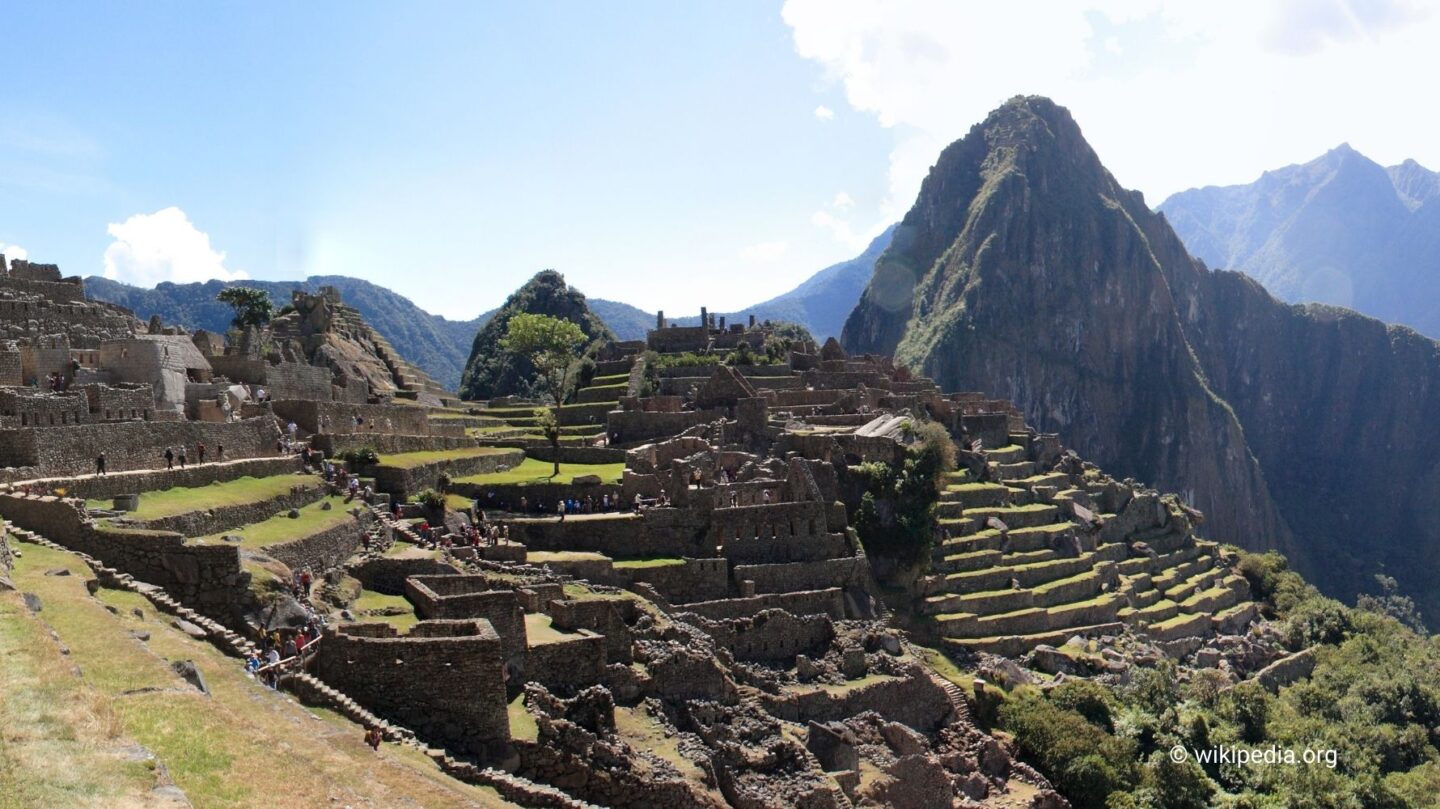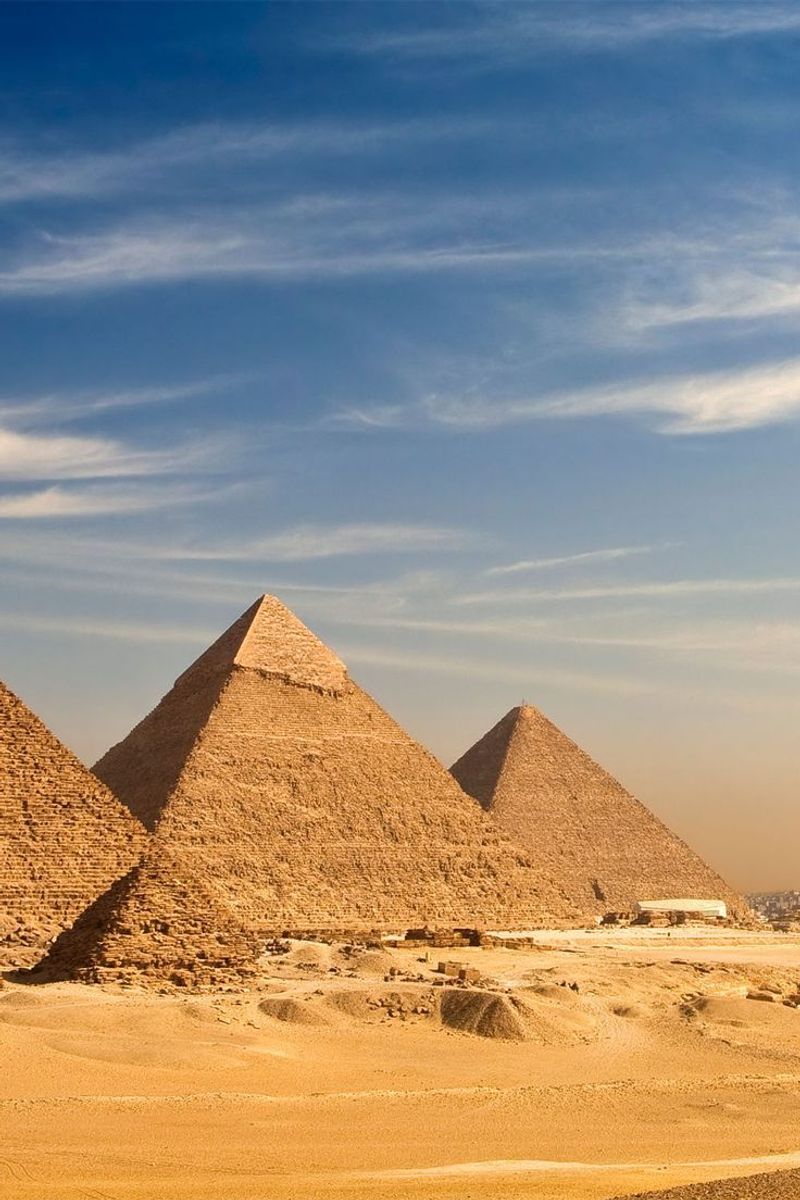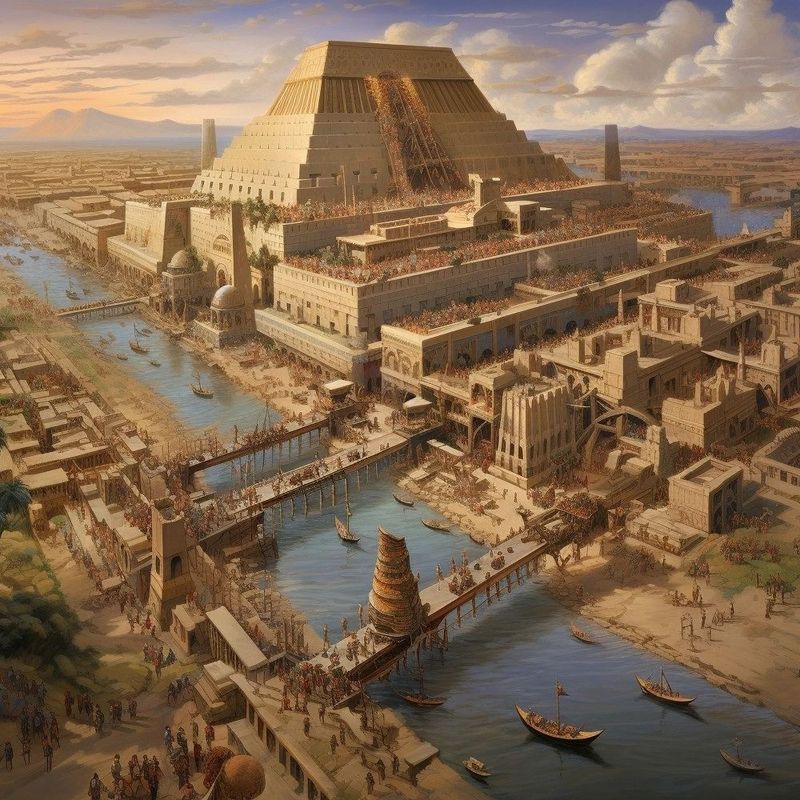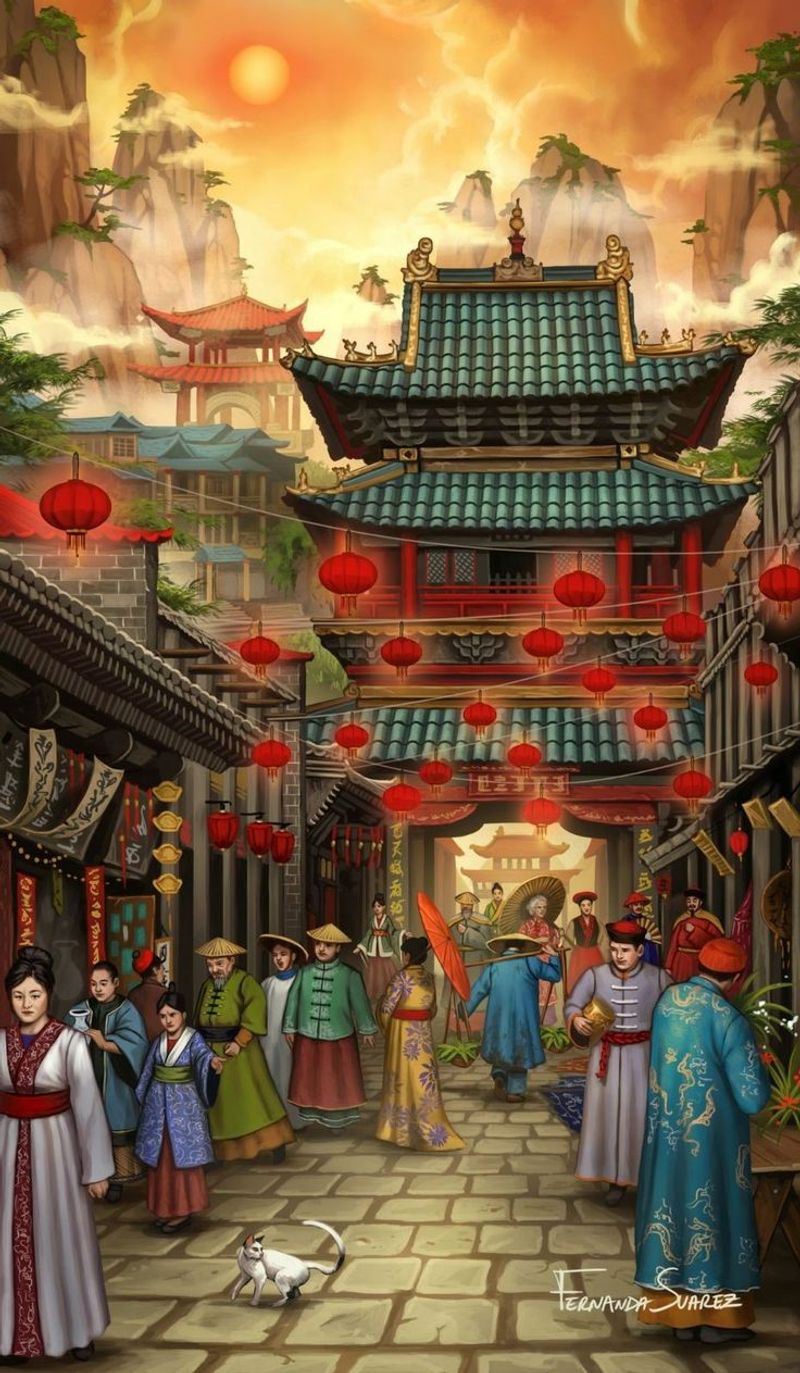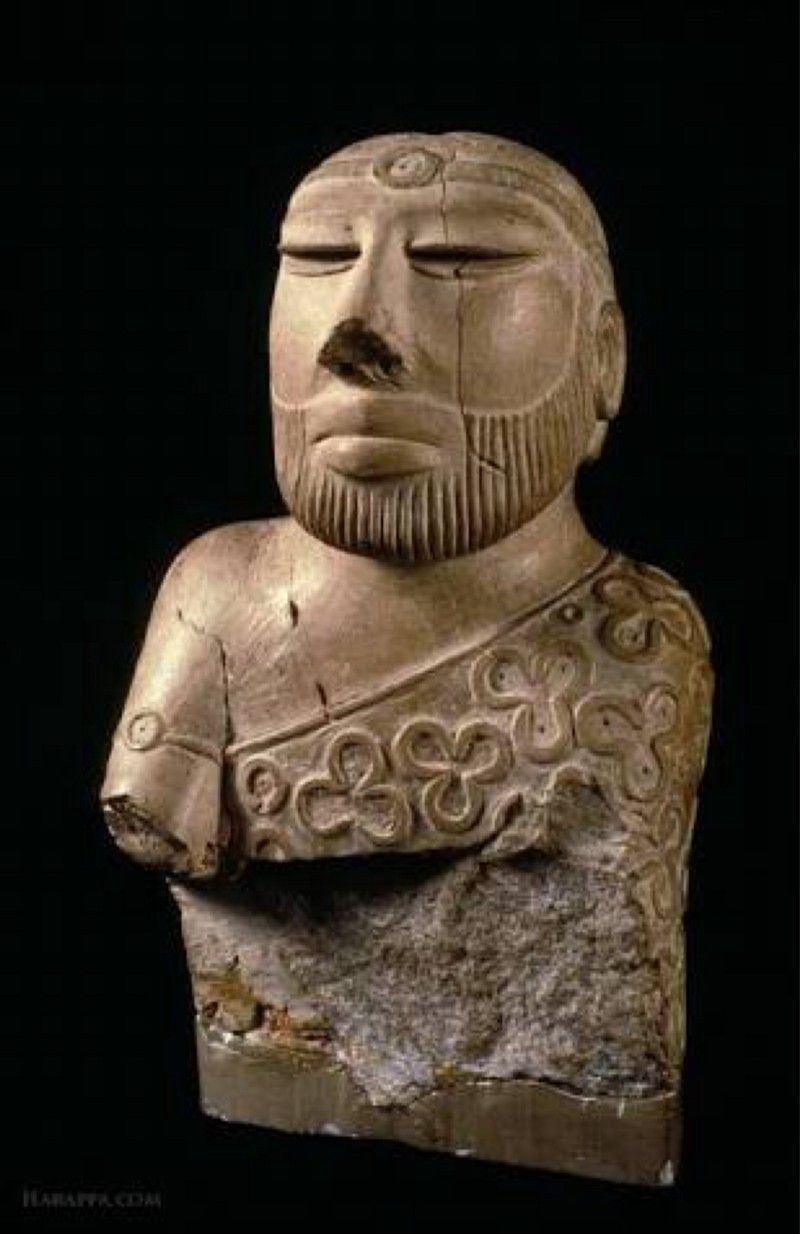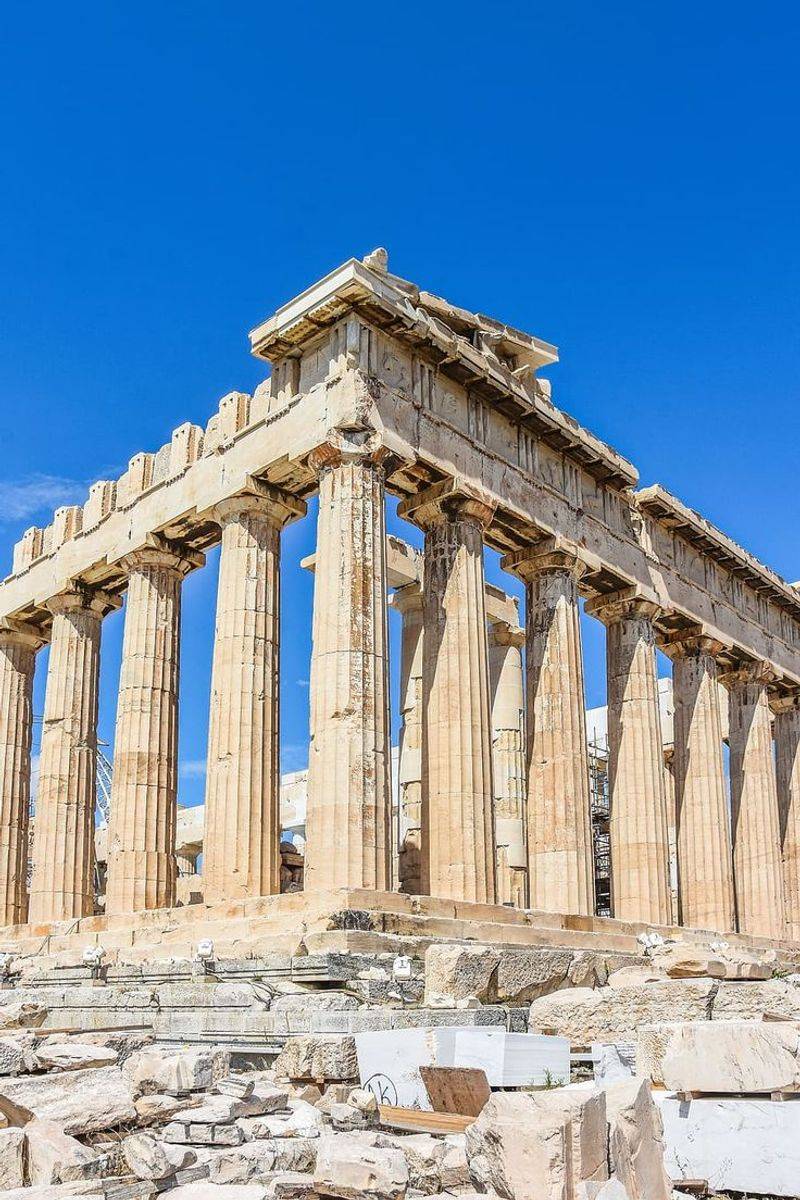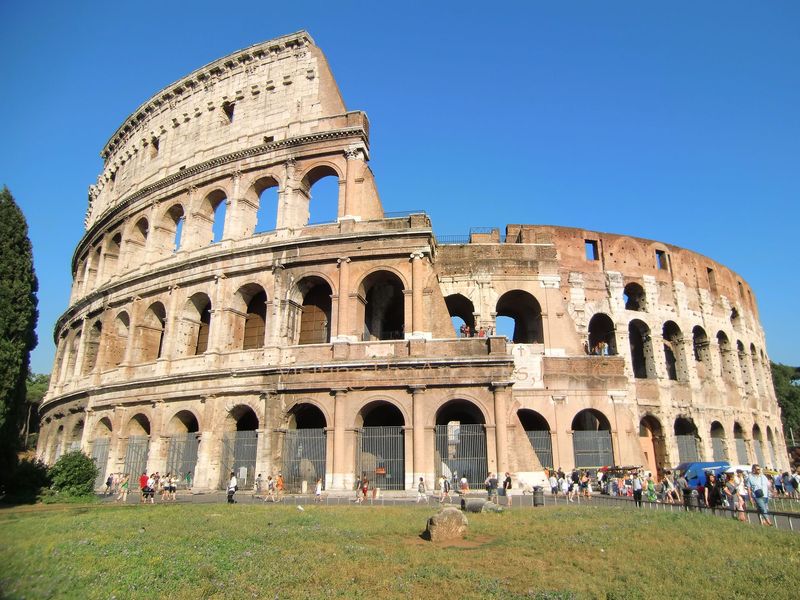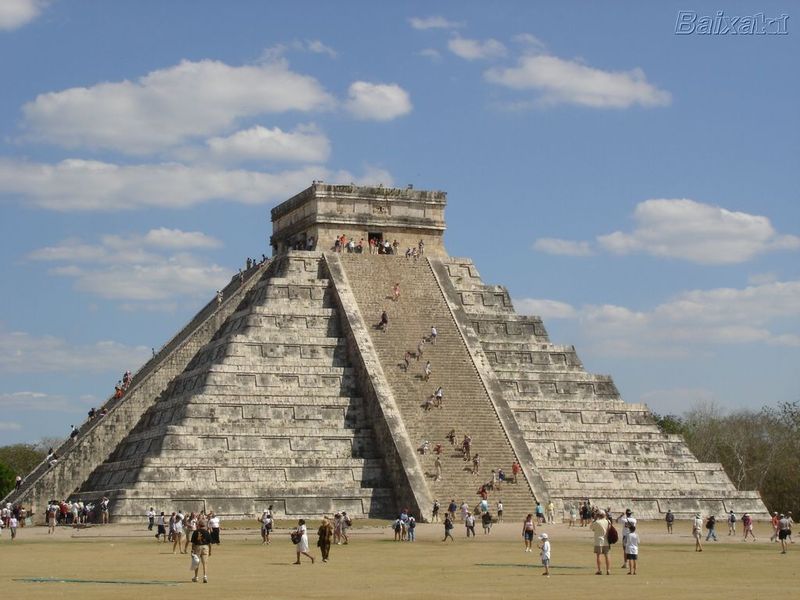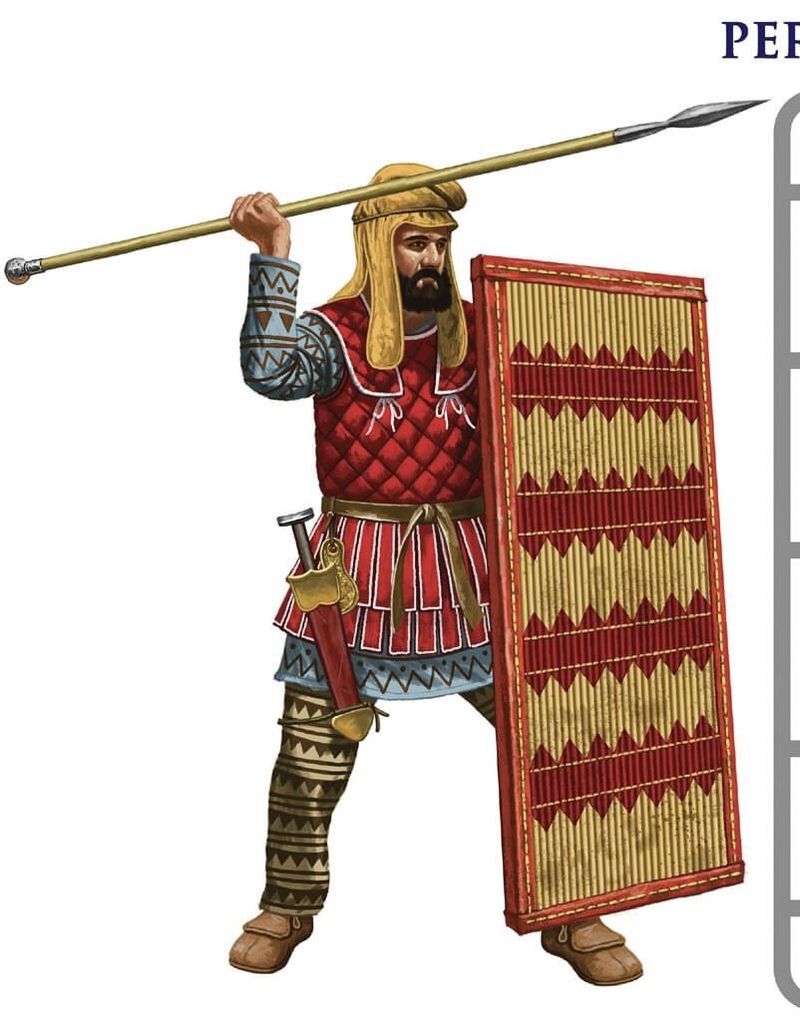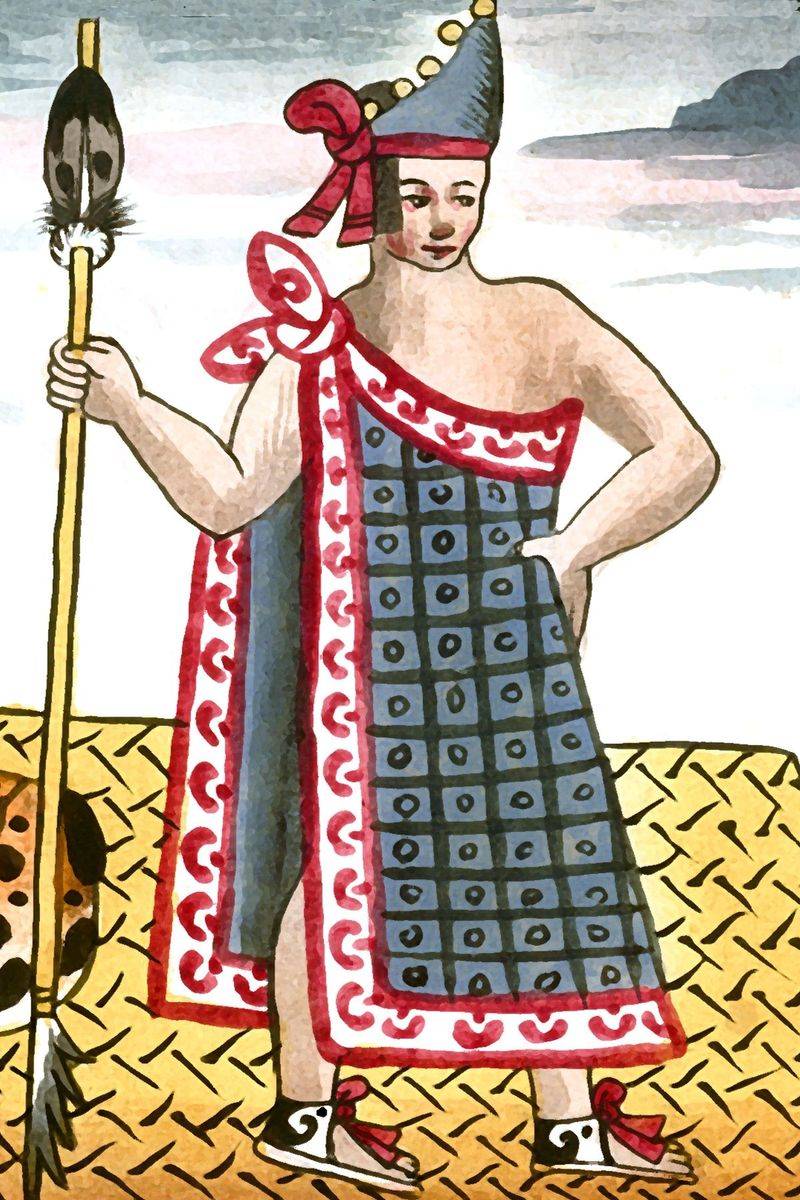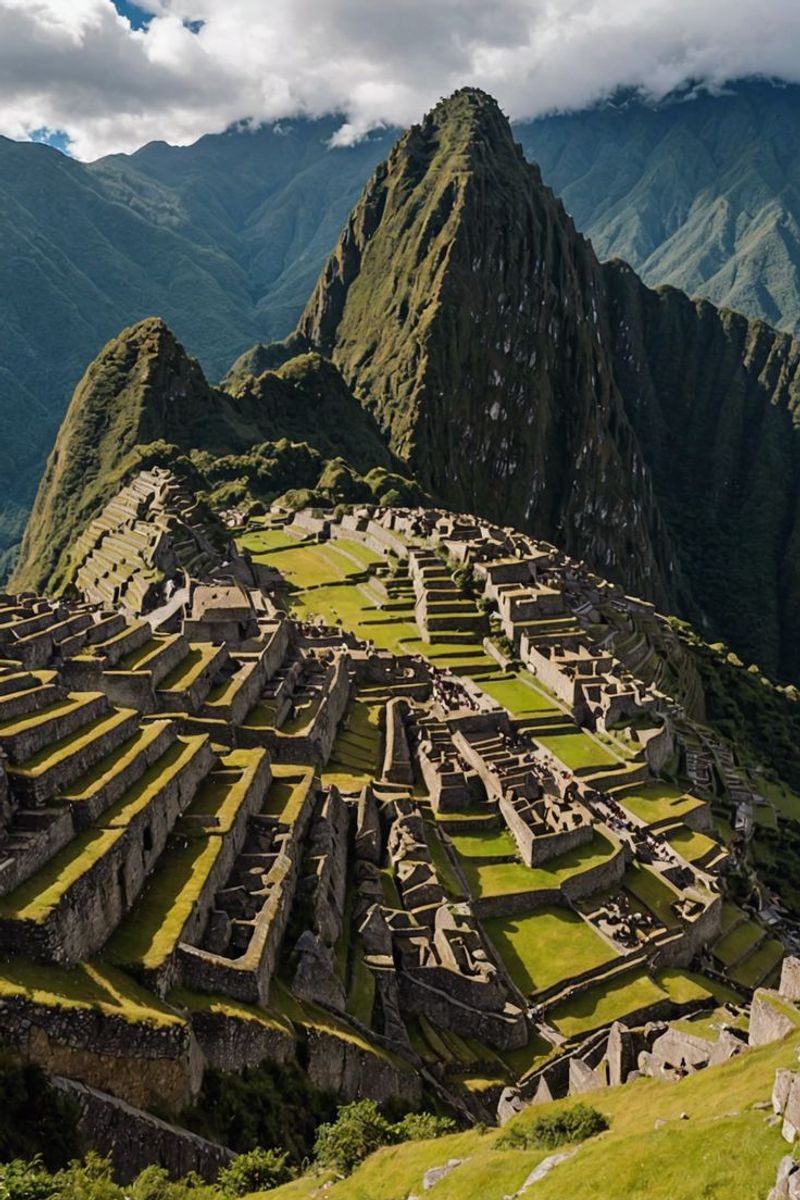Throughout history, numerous ancient civilizations have left an indelible mark on the world. These civilizations laid the foundations for modern society, influencing various aspects of culture, governance, technology, and philosophy. In this blog post, we explore ten ancient civilizations that had a profound impact on the world, shaping the course of history forever. From the pioneering Mesopotamians to the enigmatic Mayans, each of these civilizations contributed uniquely to the tapestry of human development. Join us on this journey through time as we uncover the legacies of these remarkable societies.
Ancient Egypt
Ancient Egypt, known for its iconic pyramids and the enigmatic Sphinx, was a cradle of civilization. Alongside the Nile, Egyptians developed a sophisticated society with advancements in writing, architecture, and governance. The concept of the afterlife played a pivotal role, influencing spiritual beliefs and practices. Egyptian hieroglyphs are among the earliest forms of writing, showcasing their literary prowess. Their achievements in engineering and the arts continue to captivate the world. From monumental structures to intricate jewelry, Egypt’s contributions were monumental. Moreover, their agricultural innovations sustained a thriving society, setting a precedent for future civilizations to follow.
Mesopotamia
Mesopotamia, often called the “Cradle of Civilization,” lay between the Tigris and Euphrates Rivers. It witnessed the birth of urbanization with cities like Babylon and Ur. The invention of Cuneiform writing marked a significant milestone, enabling the recording of history and administration. Mesopotamians were pioneers in law, with Hammurabi’s Code being among the earliest legal systems. Their advances in mathematics and astronomy laid the groundwork for future discoveries. The fertile crescent supported agriculture, fostering growth and trade. Mesopotamian innovations in irrigation and architecture influenced successive cultures, making it a cornerstone of human development.
Ancient China
Ancient China, a land of innovation and philosophy, gave the world many priceless gifts. The Great Wall stands as a testament to their architectural ingenuity and defense strategies. Chinese inventors created paper, gunpowder, and the compass, revolutionizing communication, warfare, and navigation. Confucianism and Daoism emerged, offering profound insights into ethics and harmony. The Silk Road facilitated cultural and economic exchanges, connecting China with distant lands. China’s bureaucratic system and civil service exams influenced governance systems worldwide. Their profound philosophical and technological contributions have left an enduring legacy, shaping societies across the globe.
Indus Valley Civilization
The Indus Valley Civilization, located in present-day Pakistan and northwest India, was remarkable for its urban planning and architecture. Cities like Harappa and Mohenjo-Daro showcased advanced grid systems and sophisticated drainage. Their script, though undeciphered, hints at a rich culture. The civilization thrived on agriculture, with wheat and barley being staples. Their craftsmanship in bead-making and metallurgy was advanced. Trade networks extended to Mesopotamia, indicating a vibrant economy. Despite its decline, the Indus Valley’s legacy of urban planning and trade networks set standards for future cities, reflecting an organized and prosperous society.
Ancient Greece
Ancient Greece is celebrated for its monumental cultural and intellectual contributions. The birthplace of democracy, Greece’s political ideals continue to influence the modern world. Philosophers like Socrates, Plato, and Aristotle laid the foundations of Western thought. Greek mythology and literature, including epics like the Iliad and the Odyssey, enriched global storytelling. The Olympic Games, originating in Olympia, fostered a spirit of athleticism and unity. Additionally, Greek advancements in art and architecture, epitomized by the Parthenon, set enduring standards. Greece’s legacy of philosophy, democracy, and art remains an integral part of human heritage, inspiring countless generations.
Roman Empire
The Roman Empire, with its vast territories, was a beacon of power and civilization. Rome’s legal system, infrastructure, and governance models have heavily influenced Western societies. The construction of roads, aqueducts, and monumental architecture demonstrated their engineering prowess. Latin, the language of Rome, is the root of many modern languages. Roman law and citizenship concepts continue to shape legal systems. Their cultural and architectural heritage, from the Colosseum to Roman baths, remains iconic. The empire’s decline led to the Middle Ages, yet its impact on law, language, and architecture persists, underscoring its significance.
Maya Civilization
The Maya Civilization, nestled in Mesoamerica, was renowned for its architectural and astronomical achievements. Their stepped pyramids and temples, such as those in Tikal, are engineering marvels. The Maya developed a complex calendar system and sophisticated hieroglyphic writing. They excelled in mathematics, notably the concept of zero. Their art, characterized by intricate carvings and vibrant murals, reveals a rich cultural tapestry. Despite environmental challenges, the Maya thrived through agriculture and trade. Their understanding of celestial movements informed both rituals and daily life. The cultural and scientific achievements of the Maya continue to intrigue and inspire.
Persian Empire
The Persian Empire, founded by Cyrus the Great, was one of the largest in history. It was famed for its tolerance and administrative efficiency. The Royal Road facilitated trade and communication across vast distances. Persian architecture, with grand palaces and gardens, showcased their artistic flair. Zoroastrianism, the empire’s dominant religion, influenced later faiths. The empire’s governance model, emphasizing local autonomy, was innovative. Despite eventual conquest, Persian cultural contributions in poetry, art, and governance endure. Their influence on trade, politics, and culture spread across continents, leaving an enduring legacy that transcended its historical boundaries.
Aztec Empire
The Aztec Empire, centered in present-day Mexico, was known for its powerful military and vibrant culture. Tenochtitlan, the capital, was a marvel of urban planning with canals and temples. The Aztecs excelled in agriculture, utilizing chinampas, or floating gardens, to sustain their population. Their society was rich in art, music, and dance, reflecting their religious beliefs centered on the sun god. The empire’s decline came with Spanish conquest, yet its cultural legacy endures. From cuisine to festivals, Aztec influences permeate modern Mexican culture, underscoring their lasting impact on the region’s history and identity.
Inca Empire
The Inca Empire, stretching across the Andes, was known for its architectural and agricultural ingenuity. Machu Picchu, a testament to their engineering skill, draws visitors worldwide. The Incas developed terraced farming, maximizing arable land in mountainous regions. Their road network facilitated communication across vast territories. The empire’s social structure emphasized communal work, known as “ayni.” Despite lacking a written language, the Incas used quipus, a knot-based recording system. Spanish conquest led to the empire’s fall, but Inca cultural practices and Quechua language persist. Their legacy of innovation and harmony with nature remains influential.
